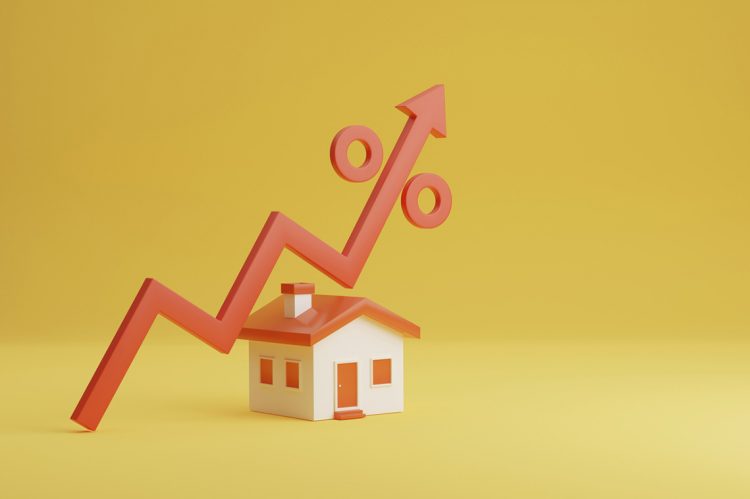The 30-year fixed-rate mortgage (FRM) averaged 6.65% this week, up from 6.50% the week prior, according to the lates Primary Mortgage Market Survey® (PMMS®), from Freddie Mac. This marks the fourth-consecutive week of increases.
This week’s numbers:
- 30-year fixed-rate mortgage averaged 6.65% as of March 2, 2023, up from last week when it averaged 6.50%. A year ago at this time, the 30-year FRM averaged 3.76%.
- 15-year fixed-rate mortgage averaged 5.89%, up from last week when it averaged 5.76%. A year ago at this time, the 15-year FRM averaged 3.01%.
What the experts are saying:
“As we started the year, the 30-year fixed-rate mortgage decreased with expectations of lower economic growth, inflation and a loosening of monetary policy. However, given sustained economic growth and continued inflation, mortgage rates boomeranged and are inching up toward seven percent,” said Sam Khater, Freddie Mac’s chief economist. “Lower mortgage rates back in January brought buyers back into the market. Now that rates are moving up, affordability is hindered and making it difficult for potential buyers to act, particularly for repeat buyers with existing mortgages at less than half of current rates.”
Realtor.com Senior Economist George Ratiu commented:
“The Freddie Mac fixed rate for a 30-year loan continued rising, from 6.5% last week to 6.65%, building on the momentum from the past few weeks, as the 10-year Treasury crossed 4.0% this week. Investors are expecting inflation to remain elevated for longer, requiring the Federal Reserve to keep increasing its policy rate. The Fed signaled that it sees its monetary tightening having an effect on price growth, but with a strong employment market, wages keep consumers spending.
“At the same time, consumers have taken on a record amount of debt, including mortgage, personal, auto, and student loans. In addition, the personal savings rate has dropped significantly from the pandemic high, as high prices have been squeezing household budgets. With rising interest rates, financial burdens are expected to increase, making consumer choices more difficult in the months ahead.
“While mortgage rates declined in January, giving many buyers hope that affordability may improve, they are on the rise again, and could even crest 7% again in the next couple of months. For real estate markets, the rise in rates means higher mortgage payments, deepening the affordability challenge just as we move into the crucial spring homebuying season. For the buyers of a median-priced home, today’s rate is translating into a $2,132 monthly payment, 49% higher than last year,” Ratiu concluded.











